What Do You Know About How Whales, Wolves, or Crocodiles Carry Their Babies?
Some animals really enjoy the home comforts that come with staying with mum and dad for a long fourth dimension.
Below, nosotros've picked out xix animals that have a very close and long-lasting bond with their loving mothers.
1. African Elephants
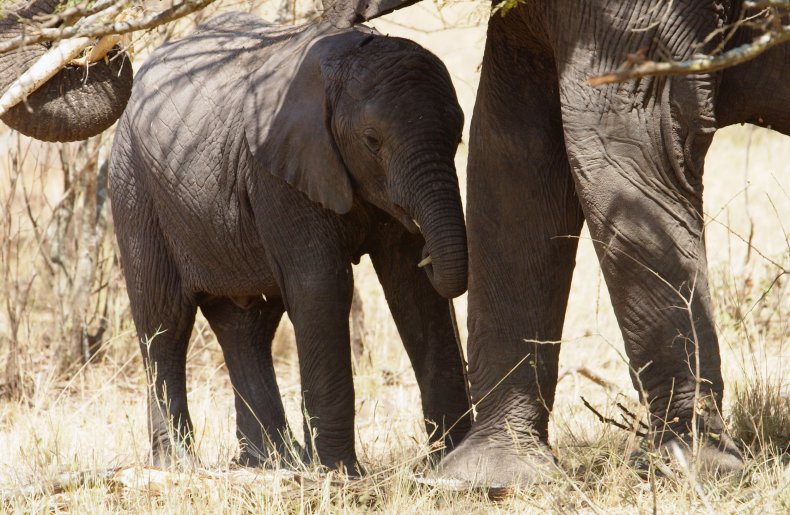
Female person elephants take the longest gestation period of any mammal (22 months), and after a very long pregnancy mums have no time to residual. Baby elephants are non only born virtually blind but they rely on their trunks and mothers for everything, their mums will usually nurse them for 4 to vi years.
In a phenomenon known equally "allomothering," other females in the community help to care for the calf. Females will stay with their natal herd for the rest of their lives, but males leave the grouping between the ages of 9 and18.
African elephants live, on average, between 60 and 70 years.
2. African Lions
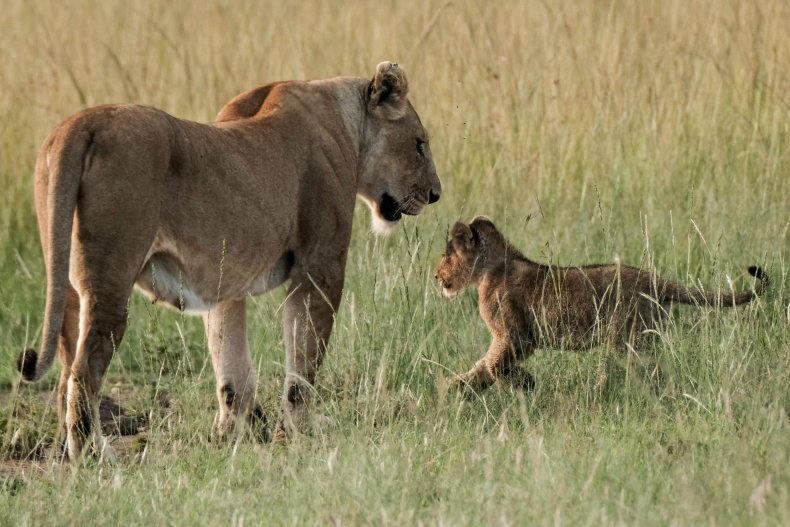
Lionesses tin give birth to cubs throughout the year and they will fiercely look after them until they can fend for themselves when they are about 16 months onetime.
The cubs volition stay with their mums until they are 2 or iii years old, but female person lions stay with their sisters and daughters for the residue of their lives.
The average lifespan of a female African lion is between 10 and 15 years.
3. Alligators
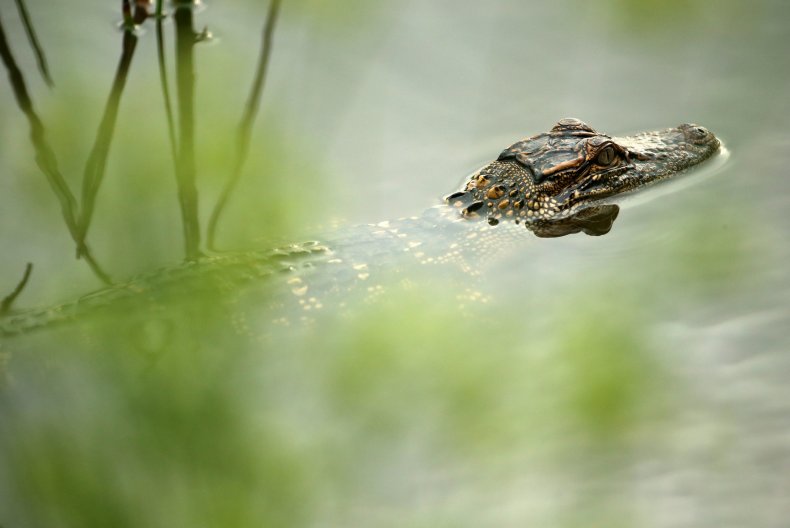
Female alligators are very protective of their young and when it is time for their babies to hatch, mothers will acquit each egg in her jaws from the nest to the water to protect them from predators. They will stay looking after them after most a year.
Alligators live, on average, between 30 and fifty years.
iv. Chimpanzees
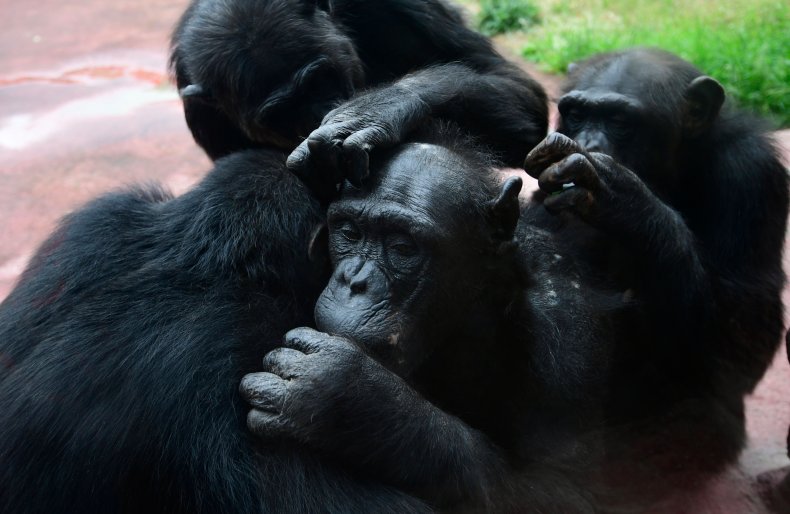
The maternal bail is so stiff that Chimpanzees love and care for their female parent and vice versa fifty-fifty afterwards they abound up into adults.
5. Dolphins
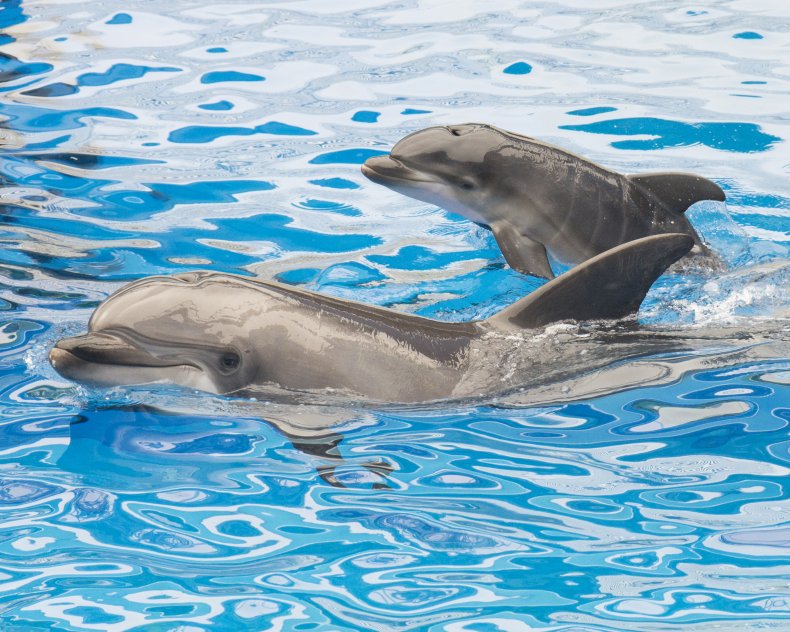
Dolphins are a species that have a caring, almost maternal behaviour towards their own and others. Non surprisingly, virtually dolphins feed their babies their rich breast milk for ii to three years.
The average life expectancy of dolphins varies by species, but is more often than not betwixt 40 and sixty years.
vii. Grey kangaroo
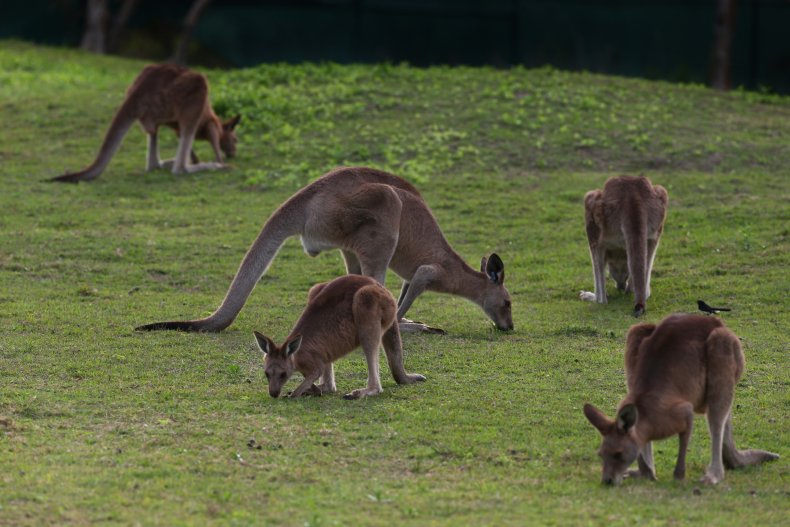
Grey Kangaroos take brief pregnancies; after 21 to 38 days, they give nascence to a joey that volition stay in their mother's pouch until they are nine months old. But even after getting out of the pouch, it takes one twelvemonth to go cocky dependent and so information technology is upwardly to their mums to expect after them full time.
Kangaroos tin can live for about 18 years in the wild.
8. Giraffes
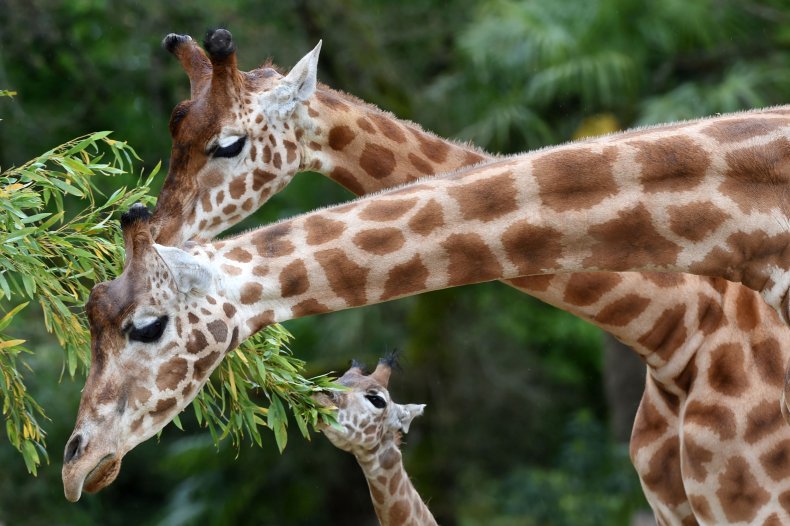
A giraffe is an fauna that can exist pregnant while they are nursing the previous ones and mother giraffes spend most of their life either nursing or meaning.
Giraffes volition enjoy the company of their mothers up to 2 years, but female person giraffes will occasionally travel with their mum until the parent dies.
Giraffes tin can live for about 30 years in the wild.
nine. Gazelles
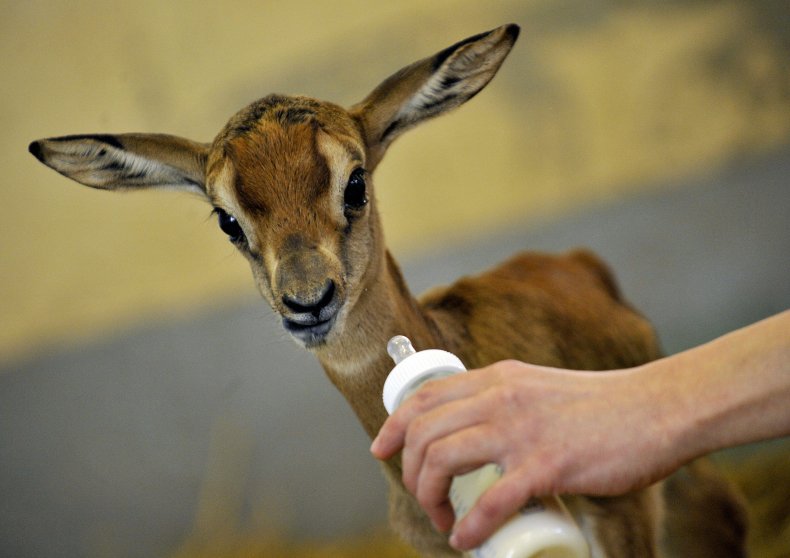
To proceed her calves safe from predators, a female gazelle volition hide her babies in tall grasses until they are 2 months one-time, from then onwards the calf will spend more fourth dimension with the mum and less time in hiding. Around this time and while still nursing, they also join a herd.
When males accomplish adolescence, they join a bachelor group and the mother will stop post-obit him.
The boilerplate lifespan of a gazelle is about eight years in nature, and up to 15 years in captivity.
10. Gorillas
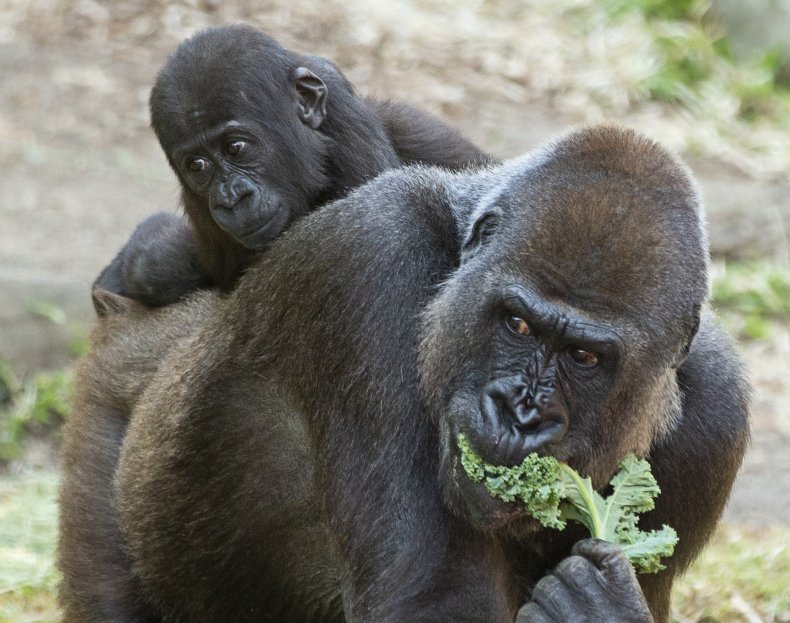
Only like human females, gorillas are pregnant for about 8 to ix months and once they give nascence, their babies will stay in their total fourth dimension care until the age of iii to four years erstwhile. The same amount of time a female person gorilla waits between pregnancies.
The average lifespan of a gorilla is betwixt 35 and 40 years.
xi. Koalas
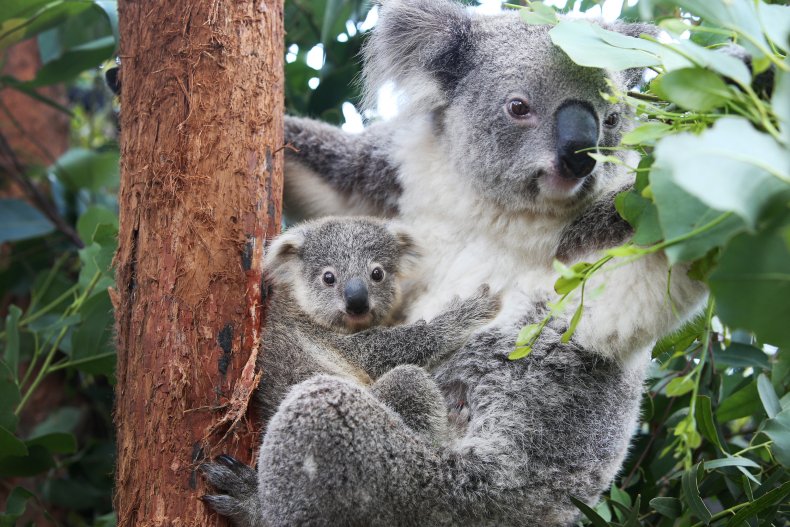
Koala joeys stay about vi months inside their mother'south pouch feeding on milk which helps them in forming their ears, eyes (they are born blind) and fur. By the time the baby koala is 12 months old, they get out their mothers to find their own territory.
The average lifespan of a gorilla is betwixt xiii and 18 years.
12. Mouthbrooding Fish
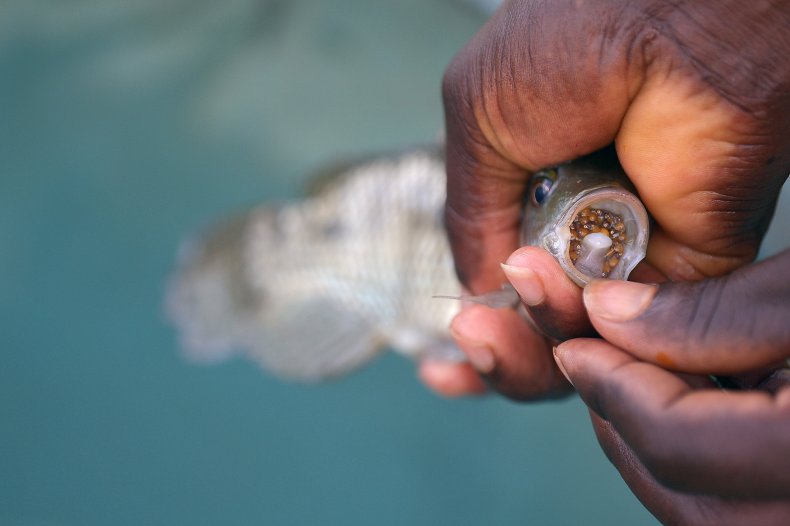
The species of fish defined as mouthbrooders protect their eggs by keeping them in their mouths. Mouthbrooders include sea catfish, cardinalfish, pikeheads or jawfishes amidst others.
Every bit soon as the eggs are fertilized, mothers don't eat in social club to avert swallowing them. After they have hatched, some mouthbrooders will continue to apply their mothers' mouth for protection.
13. Orangutans
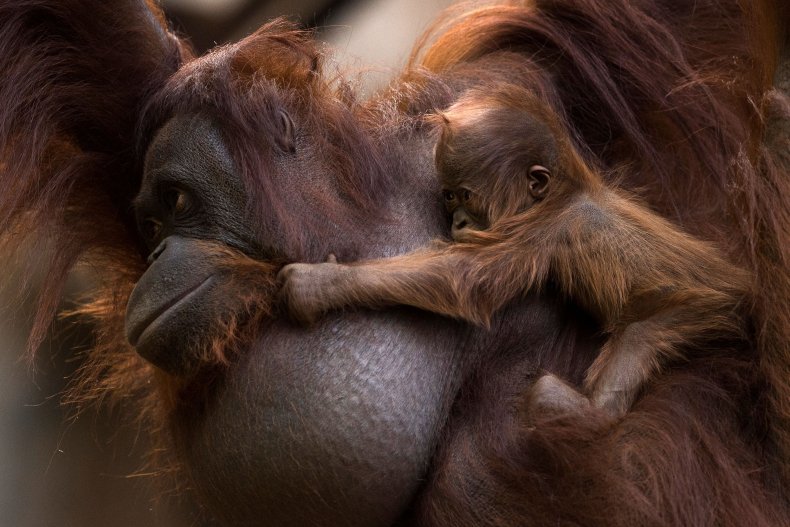
Orangutans have to expect for vii to eight years between births, the longest nativity interval of whatsoever mammal.
Later the nascence of a baby orangutan and for near four months, the babe never loses physical contact with the mum. For the first 2 years of their lives, they completely depend on their mothers who may nurse them until they are half-dozen years old and take learned all the survivals skills required to manage on their own.
Similar to gorillas, the average lifespan of an orangutan is betwixt 35 and forty years.
14. Orcas
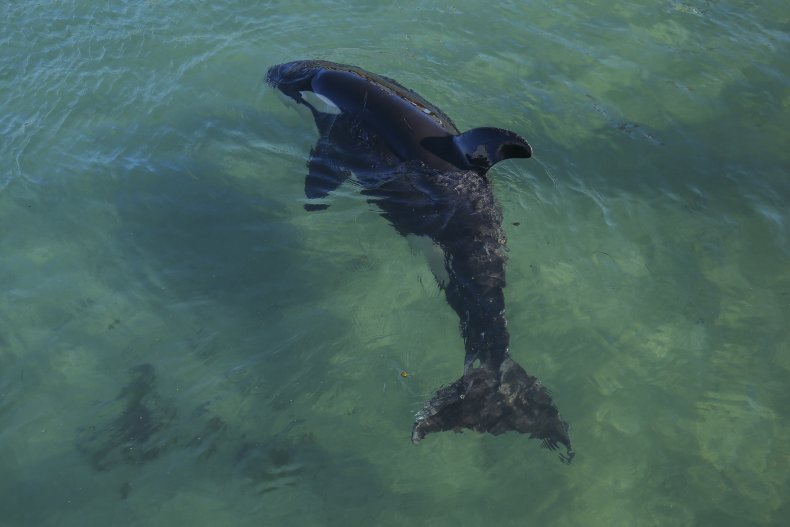
Born into highly bonded family groups called pods, female orcas stay with their mothers for the rest of their lives. The males do exit to mate but they somewhen come up back.
Orcas tin can live upwards to ninety years, and then in 1 pod there will exist many generations travelling together.
15. Polar Bears
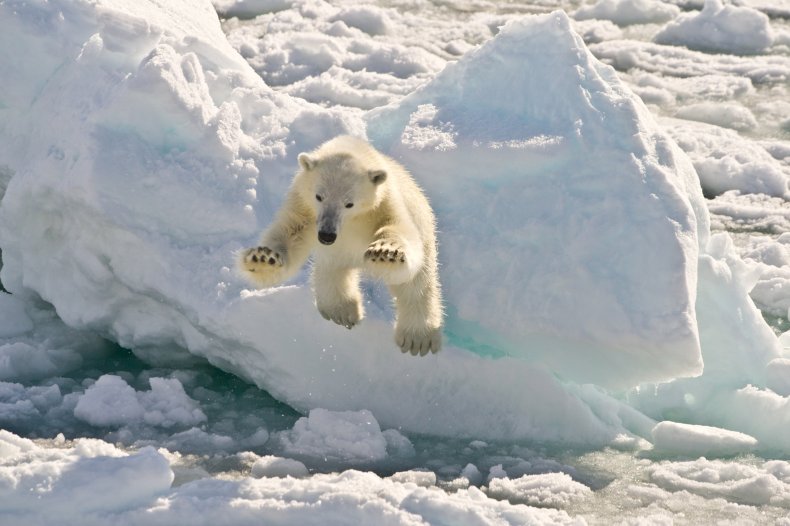
When a baby cub is born, the defended polar bear female parent never leaves her cubs until they are about ii-and-a-one-half years old.
During this period, she fully trains them to learn survival skills. While pregnant, polar bear females spend nine months sheltering in a small den in grooming for birth where they can become iv to eight months without eating.
17. Penguins

Later on an egg is laid, mother emperor penguin leaves it with the father who keeps information technology prophylactic and warm. The mother then travels to the ocean to accomplish fish and returns to the hatching site to feed the hatched chicks via regurgitation.
The penguin chicks need their parents for survival and they volition stay with them for about six months.
The boilerplate lifespan of an emperor penguin is about 20 years.
18. Tamarins
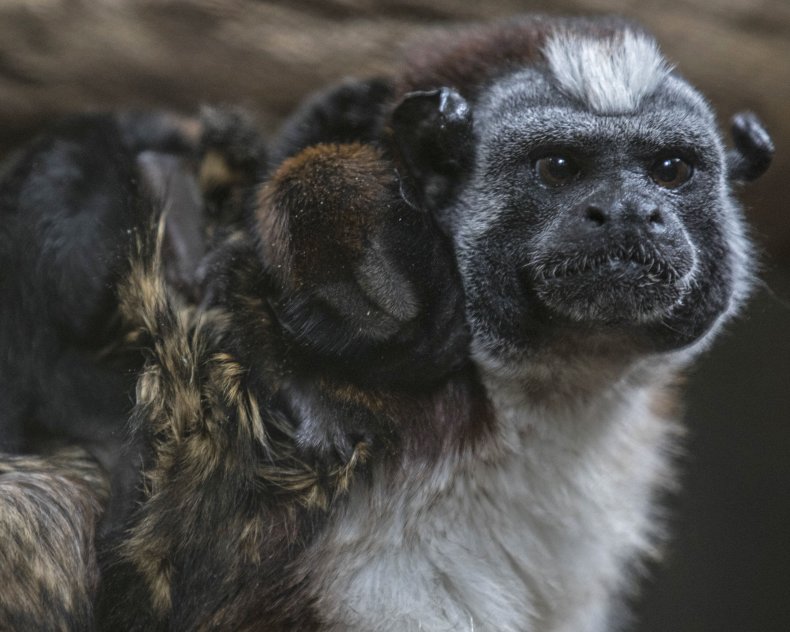
The South American primates enjoy living in family groups and babies will stay with their parents until they are young adults.
nineteen. Wolves
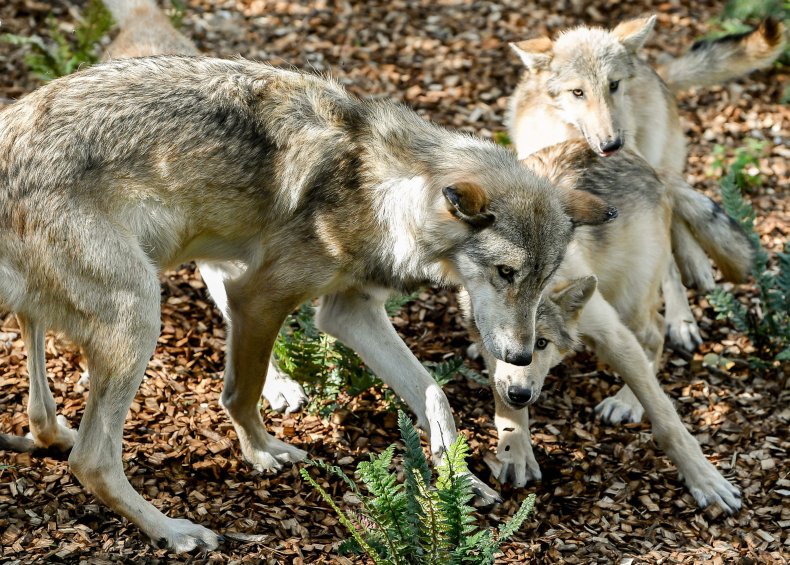
Wolf cubs stay with their mother for virtually 10 months, the historic period the cubs are old enough to hunt with the adults. The female wolf is a very nurturing mother and keeps her pups in a den for three to four weeks before allowing them out into the light.
Wolves packs usually include the male and female person parent, and their pups from the last few years.
The average lifespan of a wolf is about 15 years.
twenty. Wolf Spiders
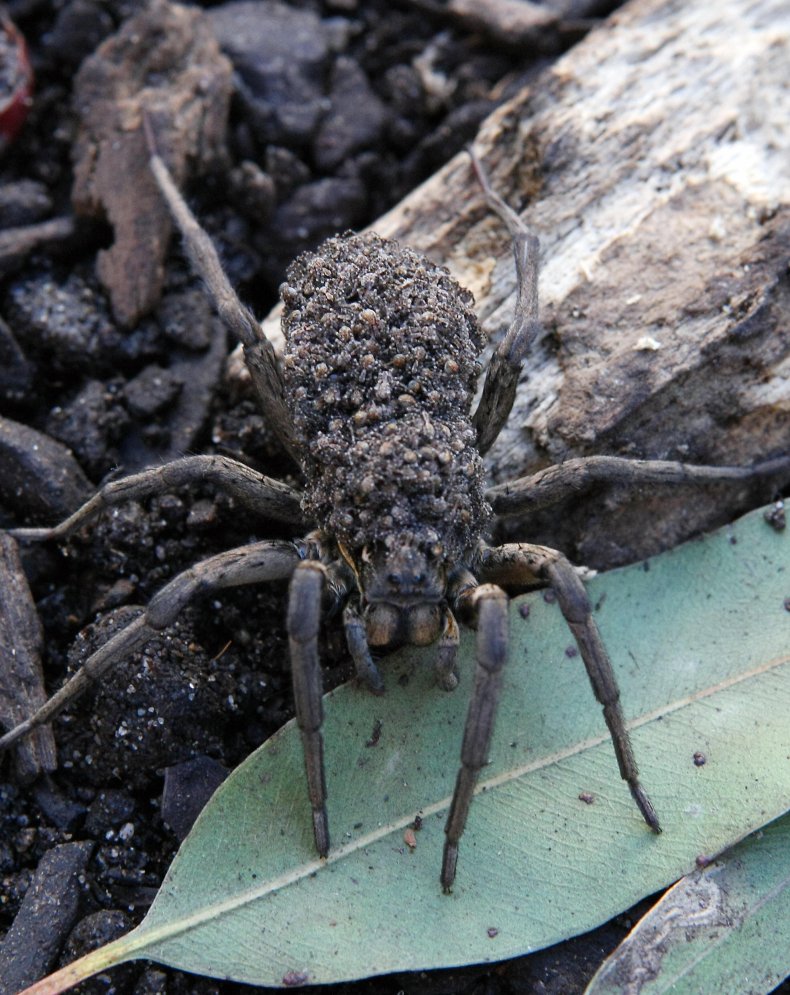
Female wolf spiders tin carry upward to 100 babies in gild to protect them from predators, they really are protective mums and when the spiderlings hatch they stay attached to them for several days earlier handful.
What Do You Know About How Whales, Wolves, or Crocodiles Carry Their Babies?
Source: https://www.newsweek.com/animals-stay-longest-parents-elephant-penguin-gorilla-orca-1627781
0 Response to "What Do You Know About How Whales, Wolves, or Crocodiles Carry Their Babies?"
Post a Comment